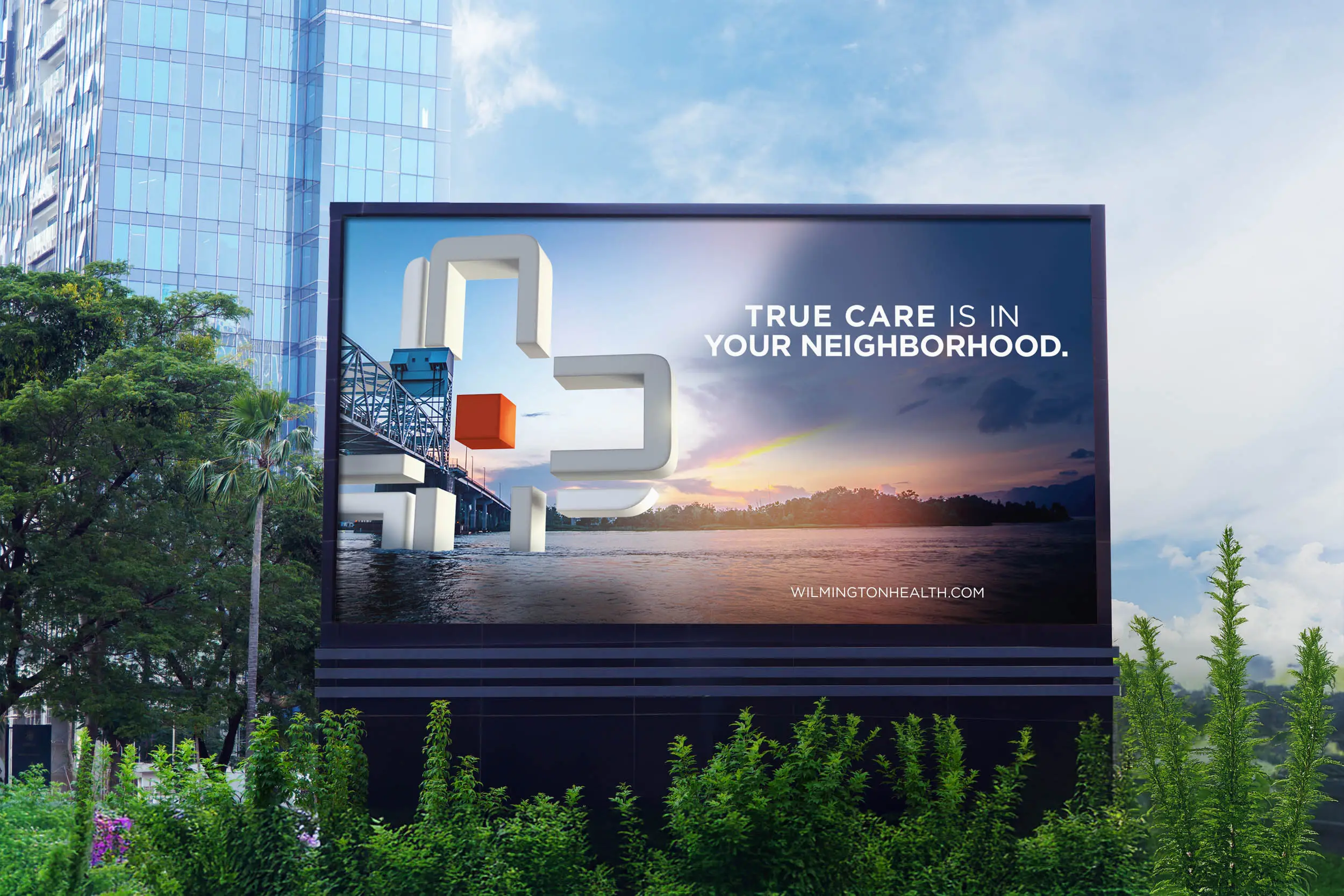The rise of an exciting new technology called Augmented Reality, or AR, has empowered marketers to take campaigns to new levels by providing a new vehicle for consumer interaction. AR also has the ability to collect data and help track return on investment (ROI) with the added benefit of giving brands a higher perceived value and larger area of circulation by having an application (app) in the iPhone and Android marketplace. Programmers are able to generate these apps quickly and affordably using the AR framework.
What is AR? You have to experience it in order to understand its amazing complexity and user-appeal. Watch this AR demo from Ad Dispatch.
Given the integration of smartphones and tablets into the daily lives of consumers, brands that immerse consumers into their messaging have a head start on a new region of the future of marketing and advertising. AR technology successfully pulls all campaign media types together and allows the consumer to explore a given business, service or product using 2D and 3D technology. The AR platform uses the tablet or smartphone’s built-in camera to scan an area of visual design (on almost any media type ranging from print, outdoor, email to web) and invites the consumer to delve deeper into the brand and its message in an interactive environment.
According to a study done by Dr. Timothy Jung and Dai-In Han (Jung and Han, 2014) the potential reach of AR to the consumer is massive. Jung and Han’s research indicates that 864 million phones and tablets will be connected to AR applications. These applications will incorporate all means of outreach communication. Furthermore, Jung states that the AR app model has the potential to reach 1 billion consumers by 2020. The accessibility of the application’s use may potentially exceed 2.5 billion downloads by 2017.
With the understanding that this is a technology/consumer driven society, the reach of new platforms, such as AR, can dictate the successes and failures of a particular brand. Knowing that apps have the potential to reach billions of people, clearly demonstrates the perceived impact that AR can have on both brand and consumers.
Sources:
Ad Dispatch. (2013, February 28). Augmented Reality Demo. Retrieved from https://www.youtube.com/watch?v=oH_LfXnklRw.
Jung, Timothy and Han, Dai-In. (2014, January 30). Augmented Reality (AR) in Urban Heritage Tourism. Retrieved from http://ertr.tamu.edu/files/2014/02/enter2014_RN_102.pdf
Research and contributions by Kyle Loftus.
By subscribing to our newsletter, you agree to our Privacy Policy.




